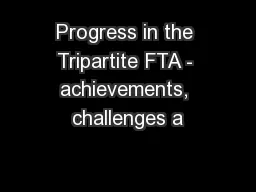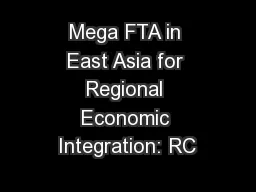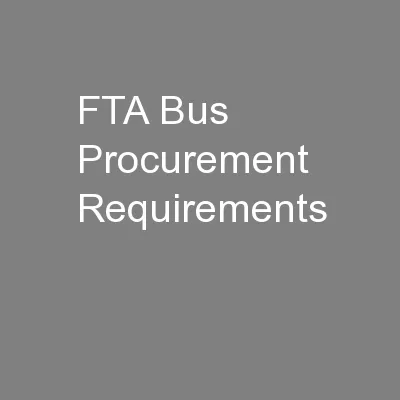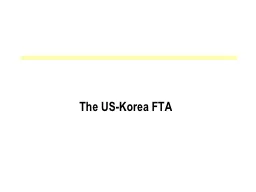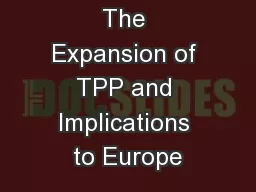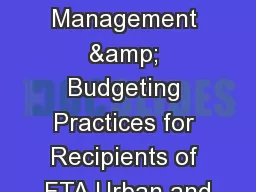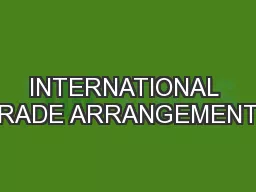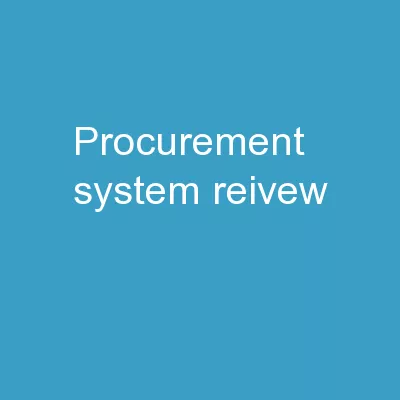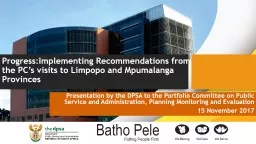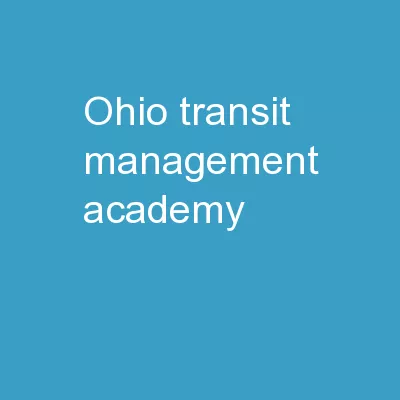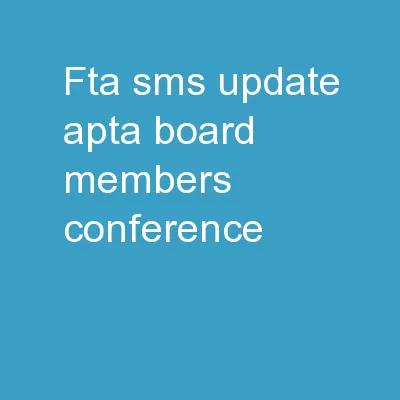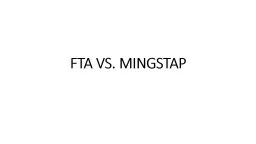PPT-Progress in the Tripartite FTA - achievements, challenges a
Author : briana-ranney | Published Date : 2016-07-31
Helen Kenani Trade Policy Expert COMESA Secretariat hkenanicomesaint Presentation at the RAME Conference 1820 June 2014 Vic Falls wwwcomesaint Opportunities in
Presentation Embed Code
Download Presentation
Download Presentation The PPT/PDF document "Progress in the Tripartite FTA - achieve..." is the property of its rightful owner. Permission is granted to download and print the materials on this website for personal, non-commercial use only, and to display it on your personal computer provided you do not modify the materials and that you retain all copyright notices contained in the materials. By downloading content from our website, you accept the terms of this agreement.
Progress in the Tripartite FTA - achievements, challenges a: Transcript
Download Rules Of Document
"Progress in the Tripartite FTA - achievements, challenges a"The content belongs to its owner. You may download and print it for personal use, without modification, and keep all copyright notices. By downloading, you agree to these terms.
Related Documents

